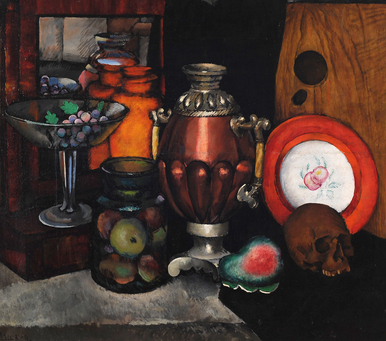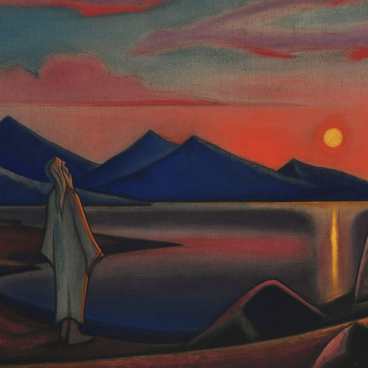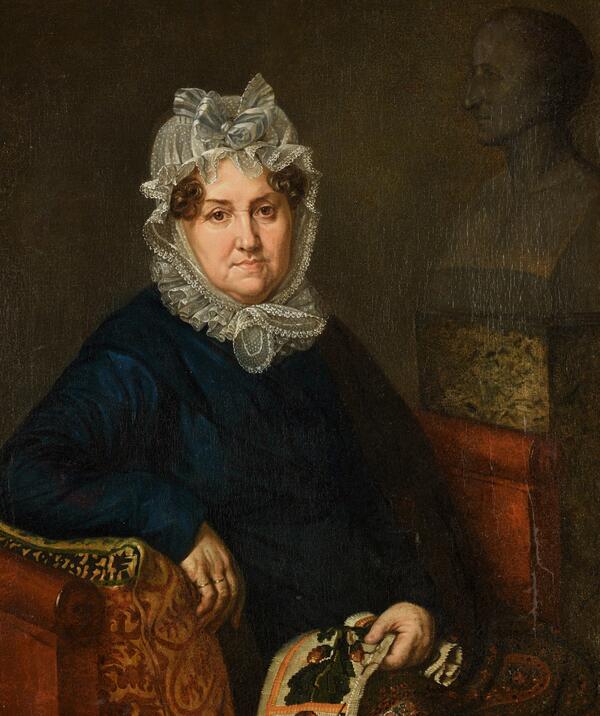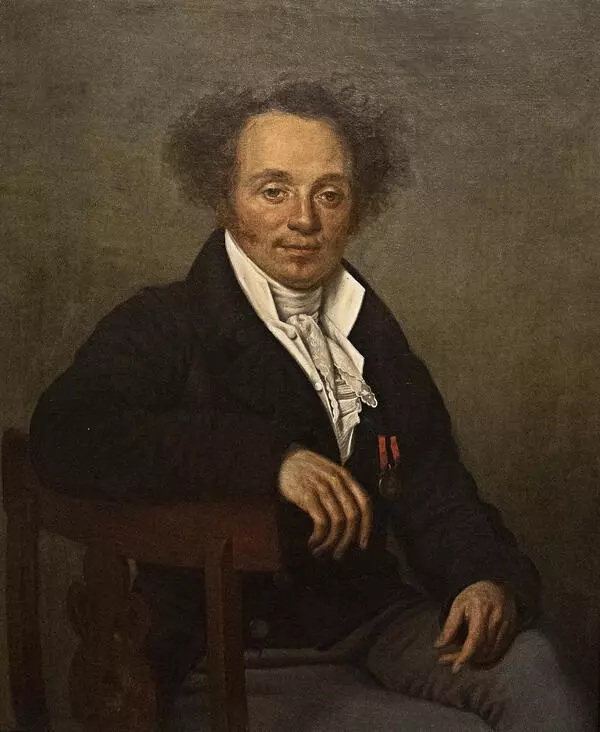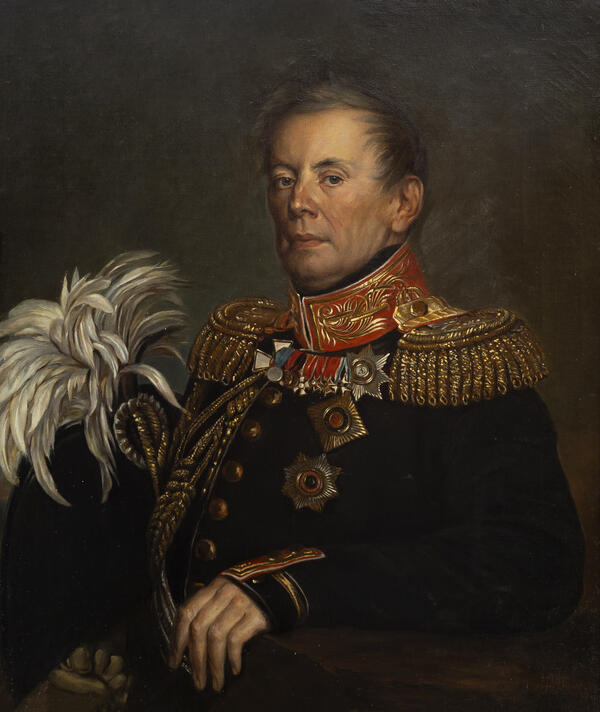‘Alms’ is a painting by Alexander VArnek, a talented Russian artist of the first half of the 19th century. Contemporaries called him ‘Russian van Dyck.’ /ˈdɛik/ Initially, the painting was called ‘An allegory of virtue.’ The artist created it during his scholarship trip to Italy from 1804 to 1809. This opportunity was provided to those students of the Academy of Arts who graduated with a gold medal.
In Italy, Varnek improved his skills and got acquainted with the works of Italian masters, whose influence can be traced in the painting from the collection of Novosibirsk State Art Museum. ‘Alms’ reflects the impression made by Italy on the young artist.
The canvas used to belong to Vasili Kokorev, a famous collector, entrepreneur, and patron from Saint Petersburg. We see a scene involving three characters — a young Italian lady in the foreground dressed in a white veil gives alms to a poor man. In the background, we see a profile that is considered to be the artist’s self-portrait. The woman gives the old man an attentive and calm look. His clothing is wretched, but his figure, his look and tanned face with a high forehead reveal intelligence and a sense of dignity.
This is an important feature of Varnek’s art. He became famous primarily for splendidly executed portraits of his contemporaries. He conveys characters skillfully, combining realistic images with romantic interpretations.
According to art historian Valery Turchin, Varnek had such inherent traits as ‘thoughtful attitude to characters, candidness in depicting the appearance and personality, painting skills, logic and clarity of artistic thinking’. All of these can be seen in ‘Alms’. In many ways it bears a resemblance to fresco paintings — it is the subdued colors, little depth of the canvas and the placement of figures in the picture.
The appearance of the elder is based on the walk-on model whose image helped the artist give life to his characters. What is also worth noticing is the painting skills of Varnek, who remained faithful to the principles of academic education and academic painting until the end of his days.
In Italy, Varnek improved his skills and got acquainted with the works of Italian masters, whose influence can be traced in the painting from the collection of Novosibirsk State Art Museum. ‘Alms’ reflects the impression made by Italy on the young artist.
The canvas used to belong to Vasili Kokorev, a famous collector, entrepreneur, and patron from Saint Petersburg. We see a scene involving three characters — a young Italian lady in the foreground dressed in a white veil gives alms to a poor man. In the background, we see a profile that is considered to be the artist’s self-portrait. The woman gives the old man an attentive and calm look. His clothing is wretched, but his figure, his look and tanned face with a high forehead reveal intelligence and a sense of dignity.
This is an important feature of Varnek’s art. He became famous primarily for splendidly executed portraits of his contemporaries. He conveys characters skillfully, combining realistic images with romantic interpretations.
According to art historian Valery Turchin, Varnek had such inherent traits as ‘thoughtful attitude to characters, candidness in depicting the appearance and personality, painting skills, logic and clarity of artistic thinking’. All of these can be seen in ‘Alms’. In many ways it bears a resemblance to fresco paintings — it is the subdued colors, little depth of the canvas and the placement of figures in the picture.
The appearance of the elder is based on the walk-on model whose image helped the artist give life to his characters. What is also worth noticing is the painting skills of Varnek, who remained faithful to the principles of academic education and academic painting until the end of his days.


